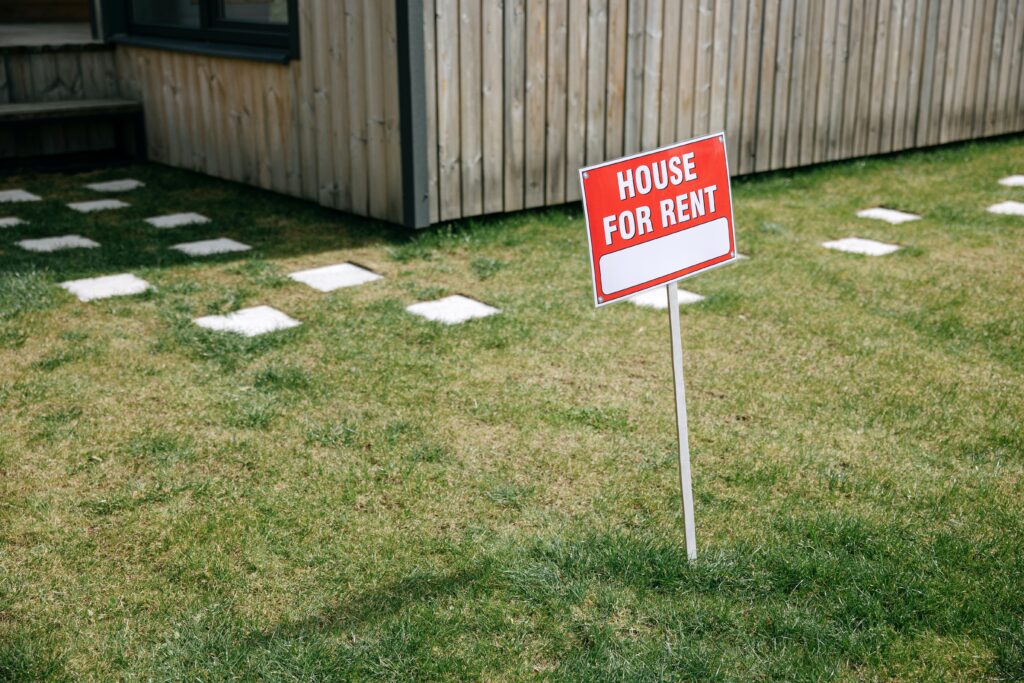
You are planning to move out of your house. Maybe you are relocating for a new job or you are changing house size for your family. Take it from another accidental landlord: this is a make or break time in your investing career. Here are the steps to take:
- Move out of your property. Don’t try to get it rent ready while you are still there. You’ll miss a bunch of items.
- Look at it with a tenant’s eye. Recall the days that you rented. What did you want? Think of durability and clean things, not necessarily top of the line things like granite countertops. For instance, if the roof still has 5 years of life in it, a buyer might want it replaced right away, but a tenant will care less, and it can wait.
- Write down your plan. Go through the empty house and determine what needs to be done, like patching the drywall or painting a room. Determine what you will do yourself and what you will hire out. Get quotes and put together a budget.
- Get rid of expensive breakable items. This includes garbage disposal, trash compactor, and fridge ice maker/water dispenser. I know what you are thinking: they are perfectly good right now, why pay extra to remove them? These add very little to your monthly rent, but once the tenant enjoys them and it breaks, they will expect you to repair it again and again. Move them to your new garage and replace in your new house as needed.
- Take professional photos. Hire someone for this after the place is clean and ready. I, too, have been known to skimp on this. I’m a terrible photographer, and you are too. Great photos bring great tenants.
- Determine your rent. This can be challenging. Pretend you are looking for a rental and start searching the internet. Keep a spreadsheet of the properties that are similar to yours. People usually search by city first, then number of bedrooms and bathrooms, then location, then price, then amenities. You should do the same. Try to price in the median of similar properties, meaning 50% are priced higher and 50% are priced lower. The rent can change later; this is just to start.
- Get an attorney to draft your first lease. The lease is too big to talk about in this post. A good real estate attorney will have one ready for your state and it will be easy to plug in your needs. Yes, it is expensive, but it is worth it when you are arguing with a tenant over some dumb thing later.
- Put all your photos and specs up everywhere you can online. Apartments.com, craigslist.com, zilllow and trulia. Local websites are also good. Just do a search for ‘apartments for rent [your city]’ and write down the websites. I avoid Facebook – it gets you a lot of leads but most are garbage. Your mileage may vary.
- Keep updating. This is something many fail to do. You want to stay on top of rental lists, so go back to each listing often and update it with minor changes. When people call you, ask them how they found out about your rental. Write down what works.
- Do showings. Depending on the interest, try to stick to daylight hours, weekdays, after the workday is over. I like to book multiple people in a same slot. It’s easier to show and conveys that there is interest to each of them.
Sign your lease and begin collecting rent. Great job. It seems like a lot of work and it is, but after you do it even once, it gets way easier. Don’t bother with an LLC for this first one. Just start a new bank account and keep the funds separate. Remember to call your insurer and change to (more expensive unfortunately) non-owner occupied insurance. Get an umbrella policy for those slip-and-falls. Unfortunately, this post is not long enough to cover all the possibilities, but these are the minimum to get you started.

